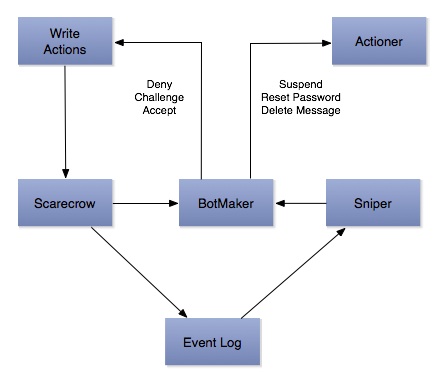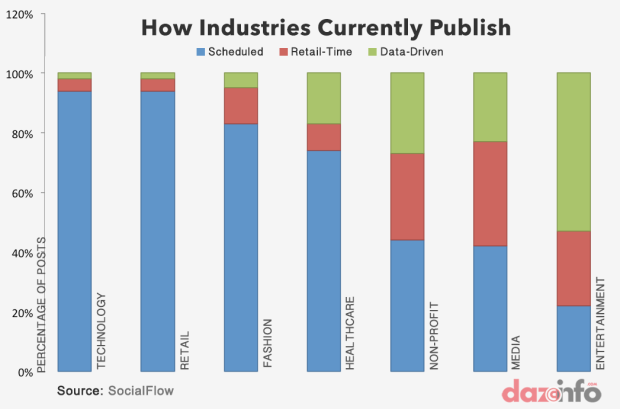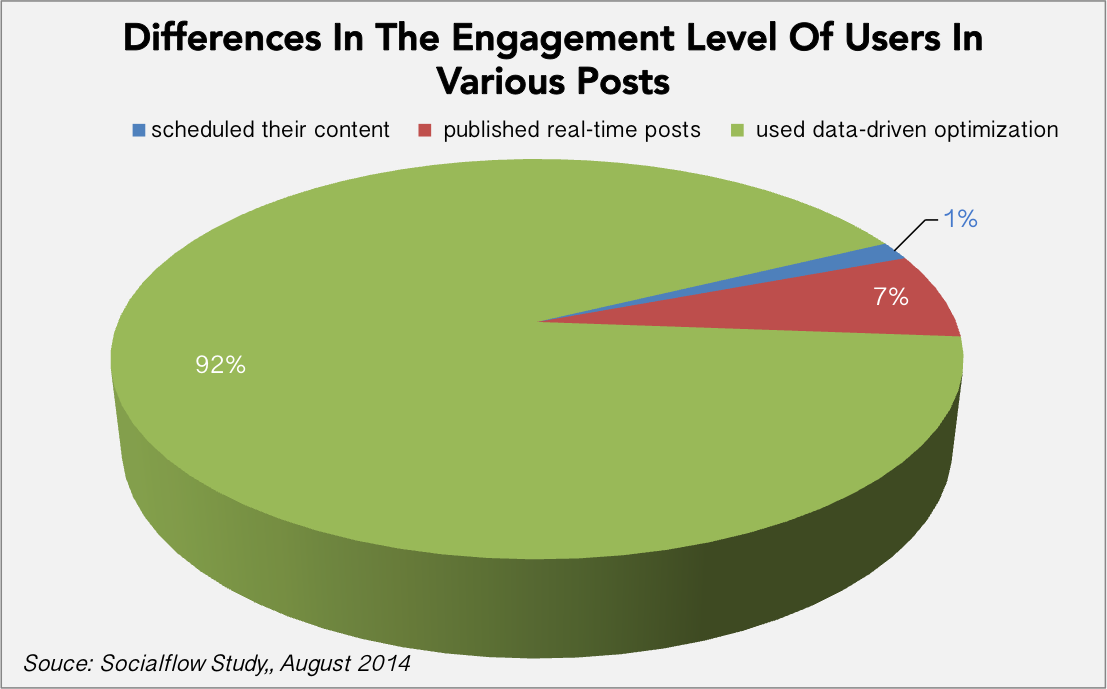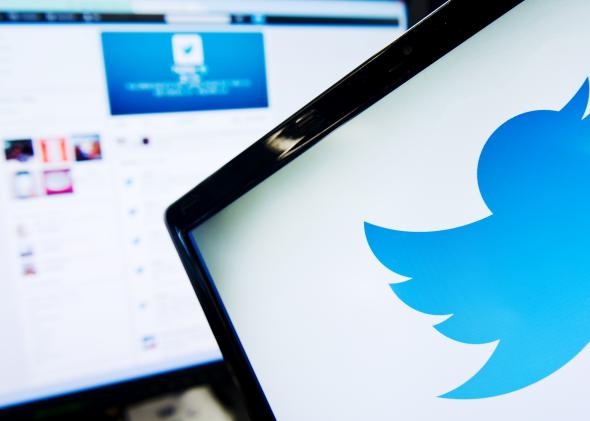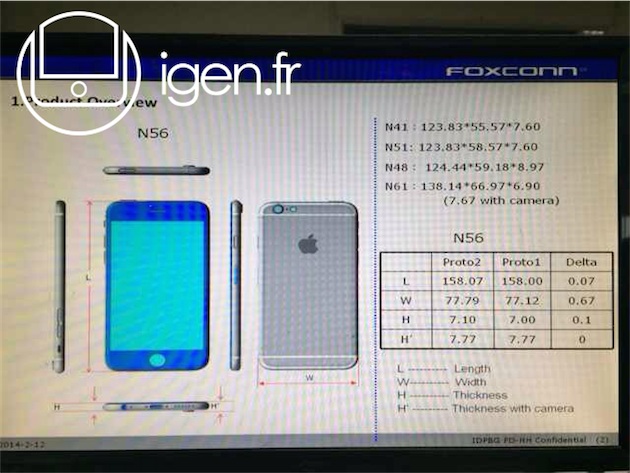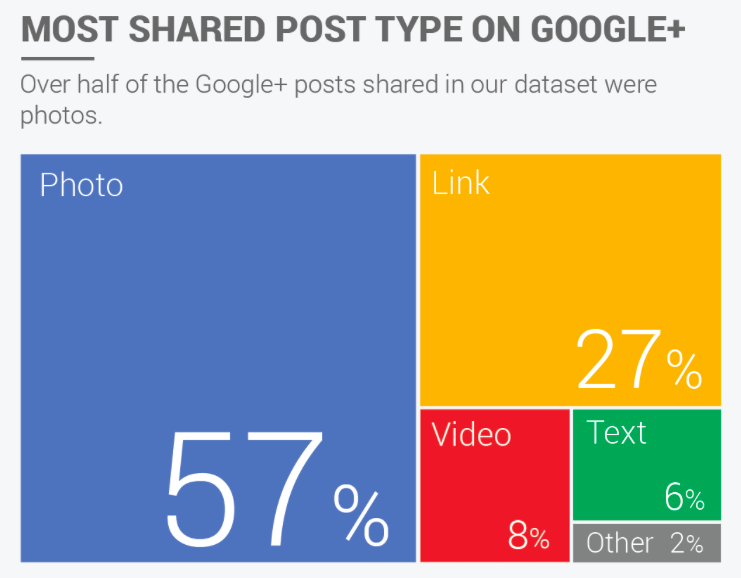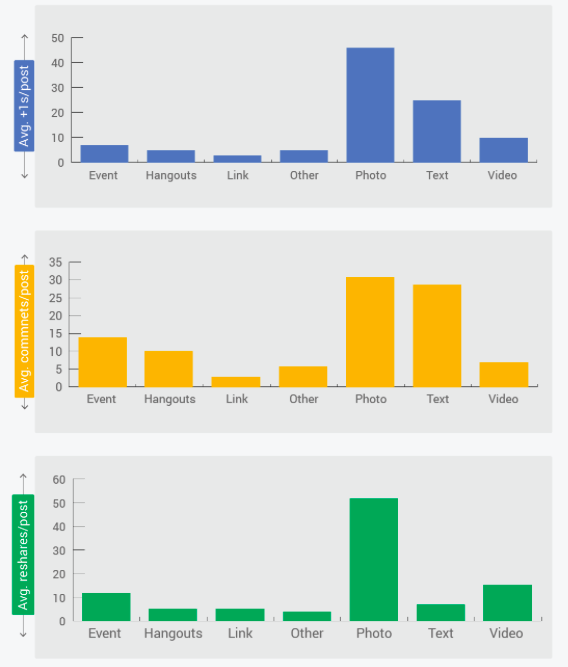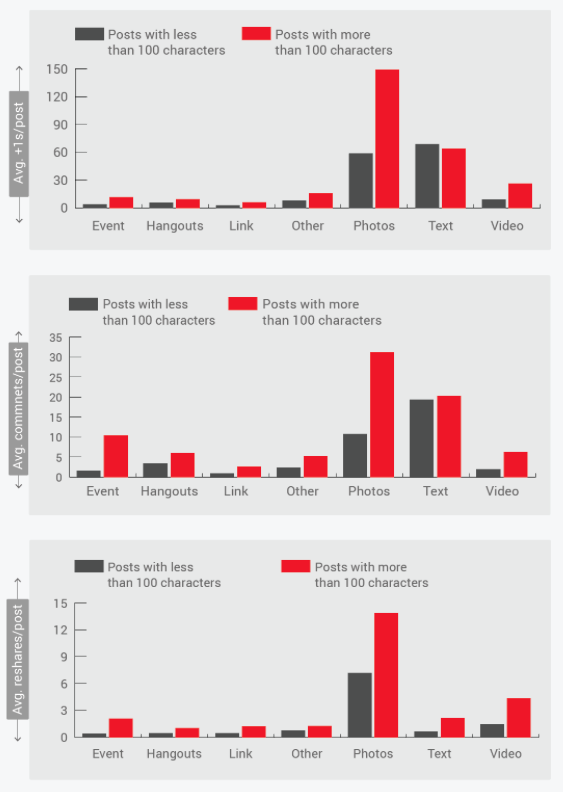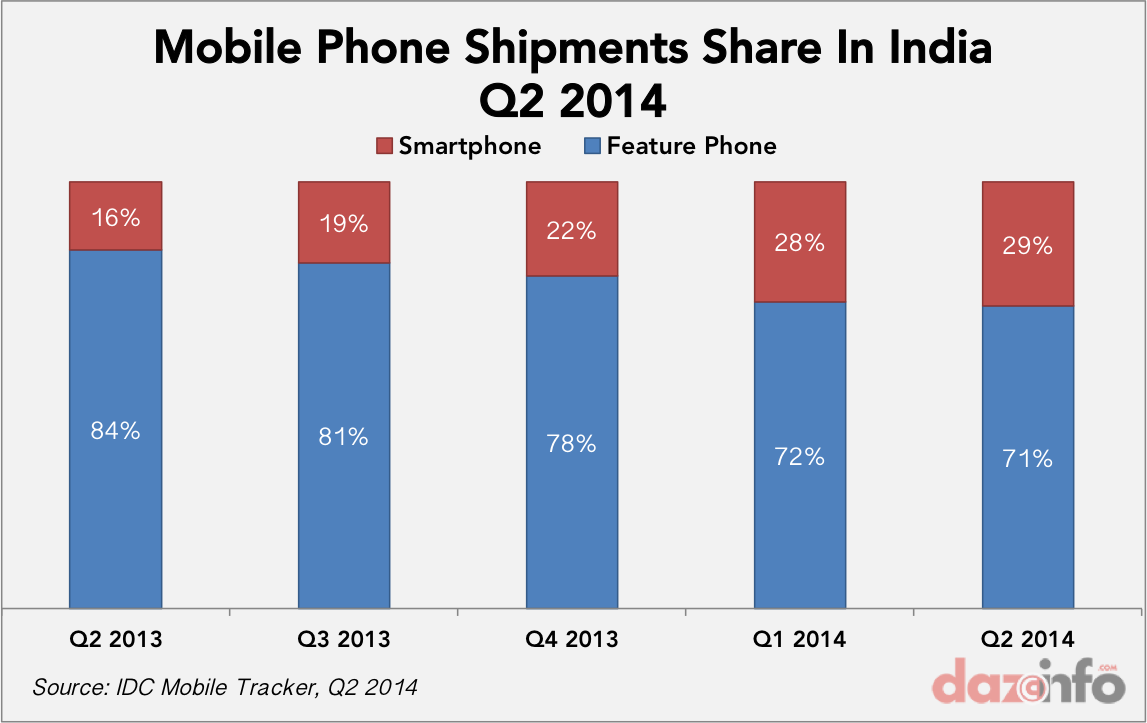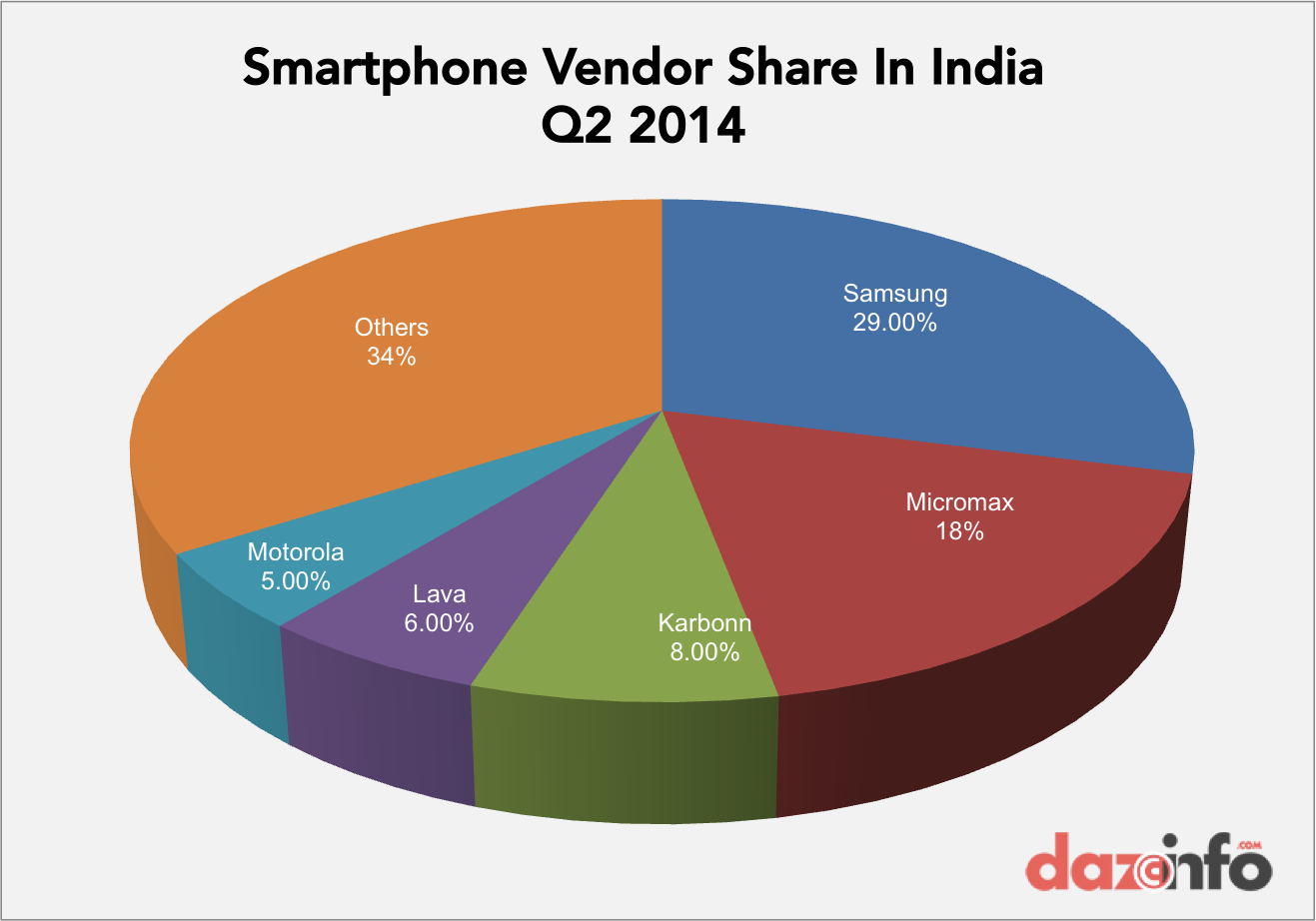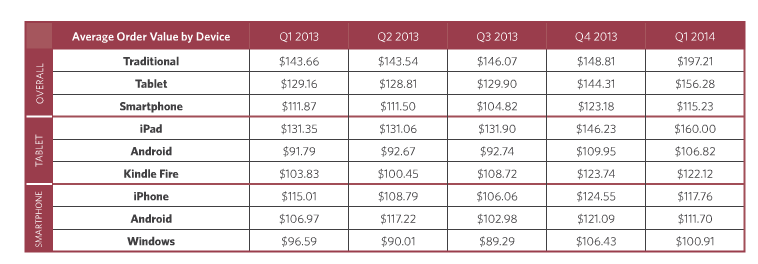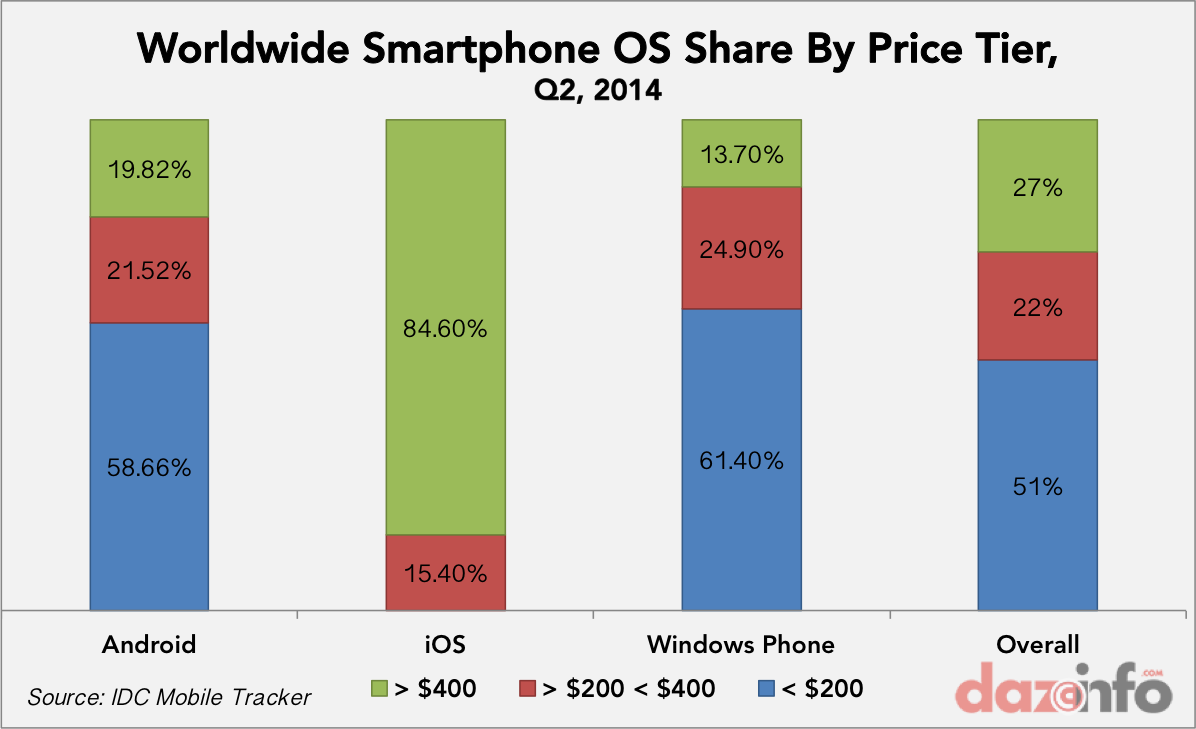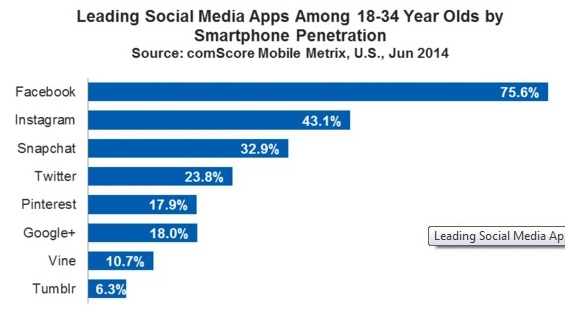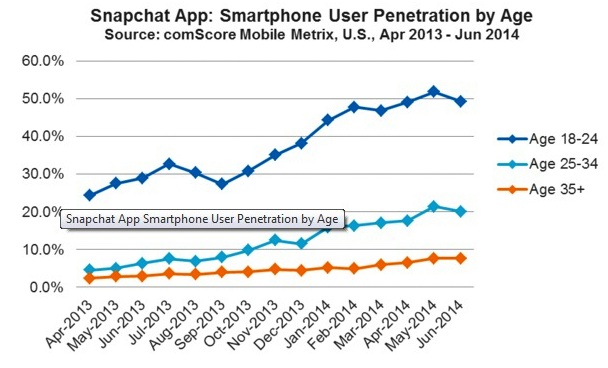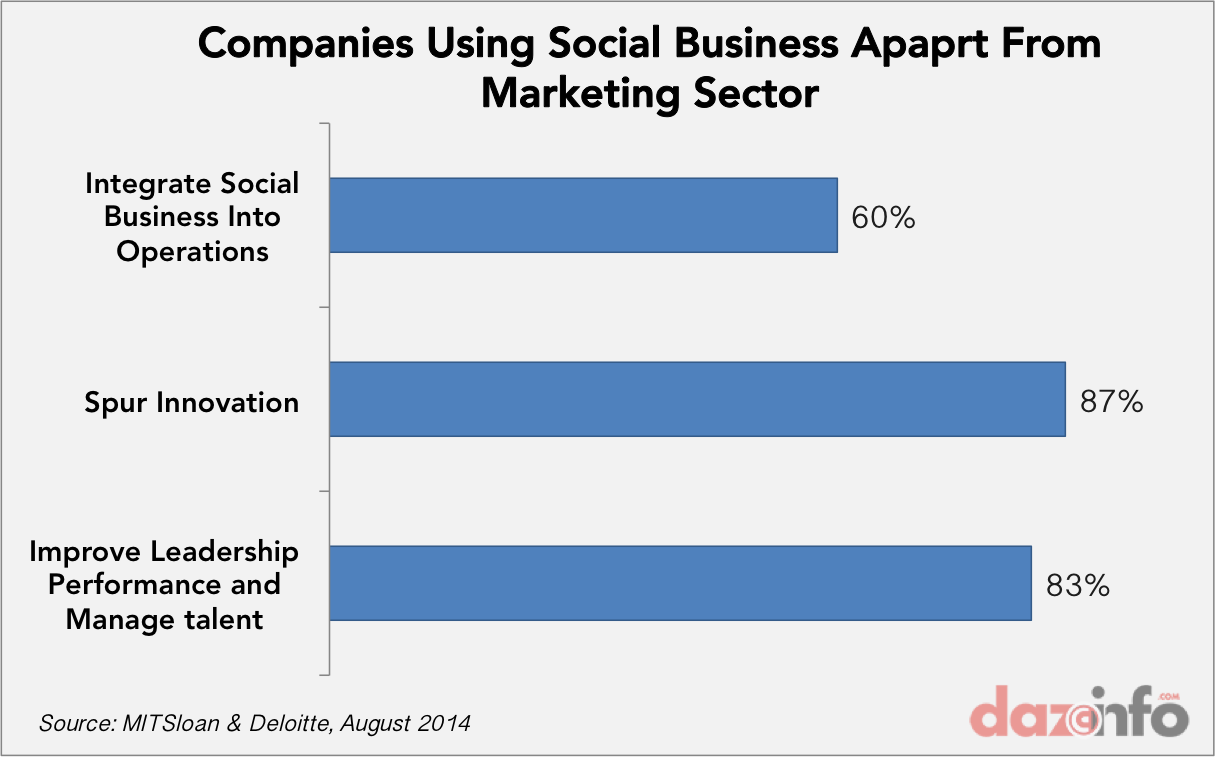The biggest social media giants Facebook Inc. (NASDAQ:FB) and Twitter Inc. (NYSE:TWTR) have always been trying to immune themselves from the threats of spamming because of the increased reach of the malicious user generated content to the government and corporate websites, crossing the barriers of these centrally regulated social pulpits and the major contributors to these suspicious social contents have been the US and China.
Taking in particular the case of Twitter, the spammers gain the validation prospects by following the genuine accounts and when the account owner follows the spammer back, that spam account is authorized to give it the liberty to procreate. To develop resistance from these unsolicited contents, Twitter has developed a specialized anti-spamming tool known as the BotMaker which has been held culpable for the reduction of 40% in-key-spam-matrices since the time it has been embarked upon.
The Tech-specs Of The BotMaker
The BotMaker boasts to take down the vexing spammers and bar the phishy links even before such shady accounts can send a single tweet. These all objectives by it are achieved by convening three main architecting principles which harbor:-
- Preventing spam from being created
- Diminishing the visible time of a spam post
- Contracting the reaction time to the cutting-edge spam.
The clamors created by the spammers are hard to tackle by the company as its aim is to percolate these pernicious contents with low latency sub-systems, whereas the spammers being one step ahead already know the preventive measures undertaken by the company based on its API.
Twitter employs a straightforward approach through its Bot system to pact and act with spam, which can be branched into two main divisions – Firstly, the plight to consider whether the Bot should act on a spam or not, and secondly to guide the caller to the next action on being hit by the spam.
The BotMaker effectively makes use of the other bot systems employed by Twitter to chunk out the spam as early as possible which include the Scarecrow, Sniper and the offline periodic jobs. Scarecrow works in real-time to prevent spam from invading the system, whereas those malignant contents which are based on machine models and are able to surpass Scarecrow are operated by Sniper in near real-time. The micro-blogging site also undergoes recurrent offline stints on all the data compiled by the BotMaker system for routine checks which are exercised by its blueprint department.
Another important aspect which the company has included in the conniving of BotMaker is an instinctive and a persuasive user guide interface on its functioning as it was important for the company to fabricate a model that allowed the architects and designers to expeditiously combat spams in various ways. The interface includes a type safe language, immutable data structures and with the support for all common functional programming idioms. A few language highlights encompass: Human readable syntax, the skills to constitute complex derived functions, adding decrees without amending the cipher and editing rules that are deployed in a matter of seconds.
The company deduced that with the introduction of spam checks on the right paths it saw a decline of 55% in the spam attacks during a monitoring tenure of 30 days due to the direct result of prevention of spam content being inscribed. Also, the BotMaker has notably reduced the reaction time to the spam attacks which in turn has led to ameliorated developer and functional efficacy thus reducing the amount of spam on Twitter substantially. Since its launch, the micro-blogging giant has recorded a 40% reduction in the spam algorithm which the company employs to detect these spiteful contents and now this Bot is also being employed in non-spam capacities for distributed systems.
The Startling Bot Stats
Twitter revealed in its new filing with the US Securities and Exchange Commission that out of its 271 million active monthly users 23 million of them are not humans but ‘Bots’ and approximately 8.5% of its accounts, which it considers active, are automatically updated without any appreciable supplementary user-initiated actions. Twitter recently posted its Q2 results claiming an upsurge of 16 million users globally, but these numbers also include a proportion of 5% “inhuman bot MAU’s“. These accounts are not necessarily considered spam by the company, but are responsible for creating an adverse impact on the endorsers interested in reaching genuine customers.
With the implementation of BotMaker as the principle spam-fighting engine by Twitter, a new era of jousting spam has heralded and with its prominent success in the recent times, the technological aspects involved in its designing can be used to mitigate the threats of unsolicited electronic messages to the distributed systems in the near future.

